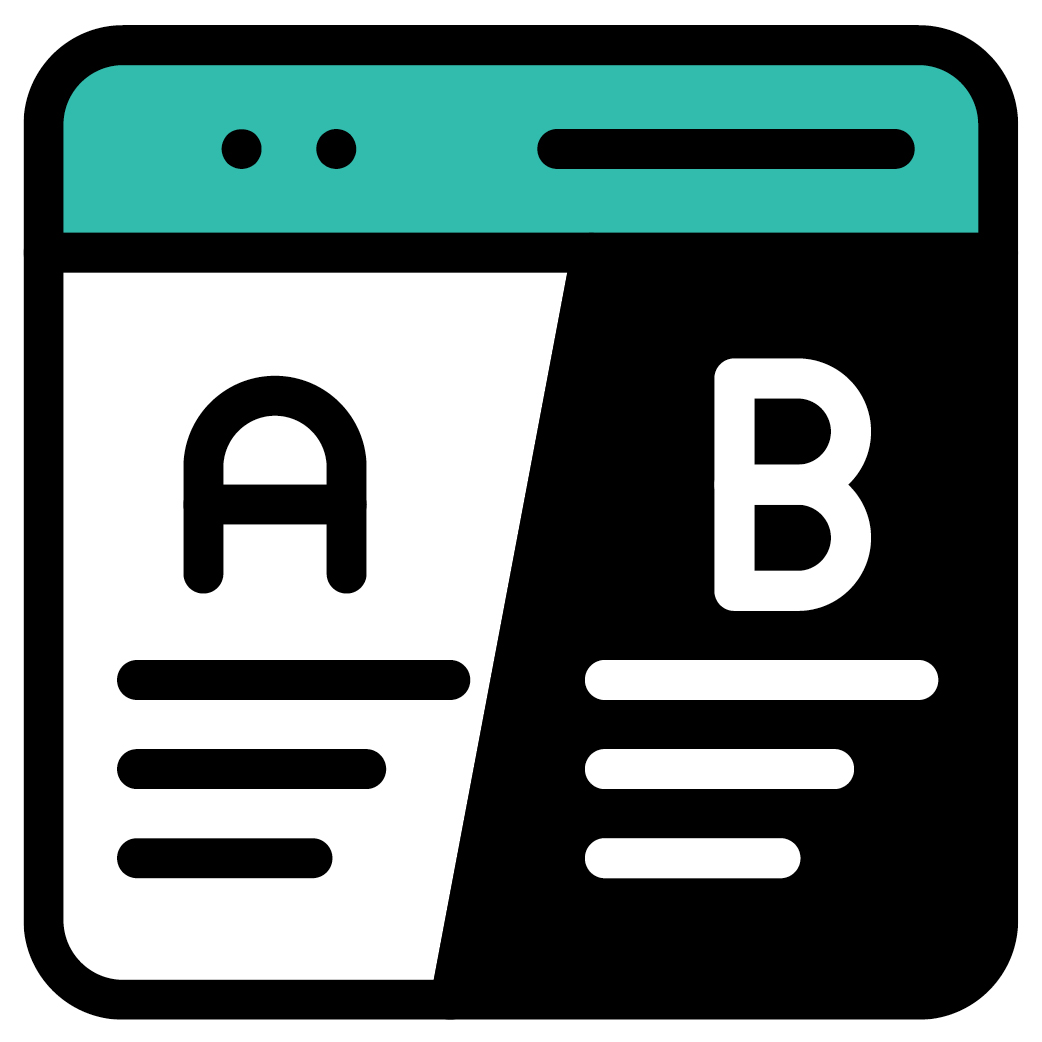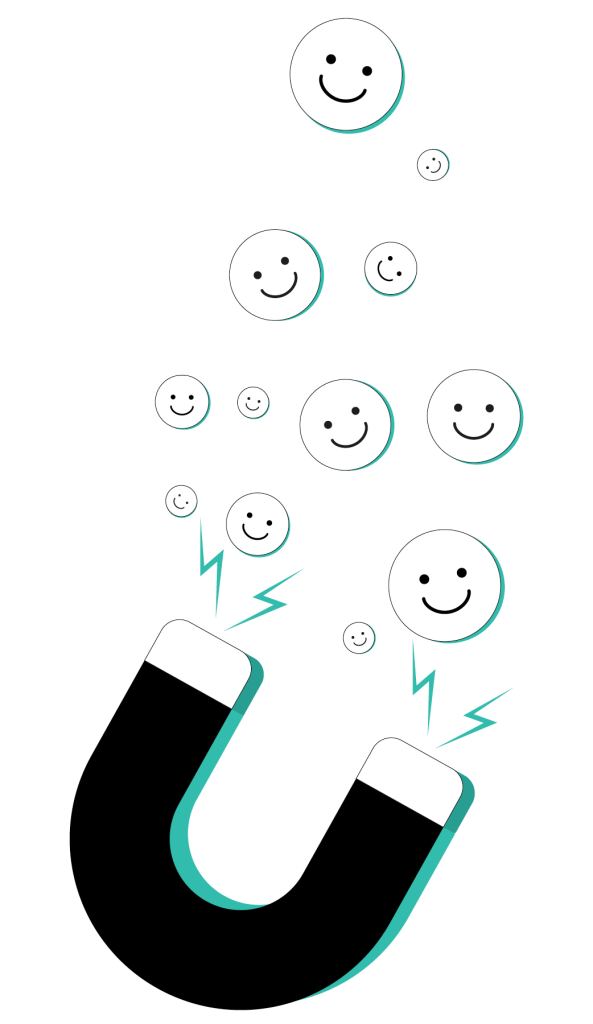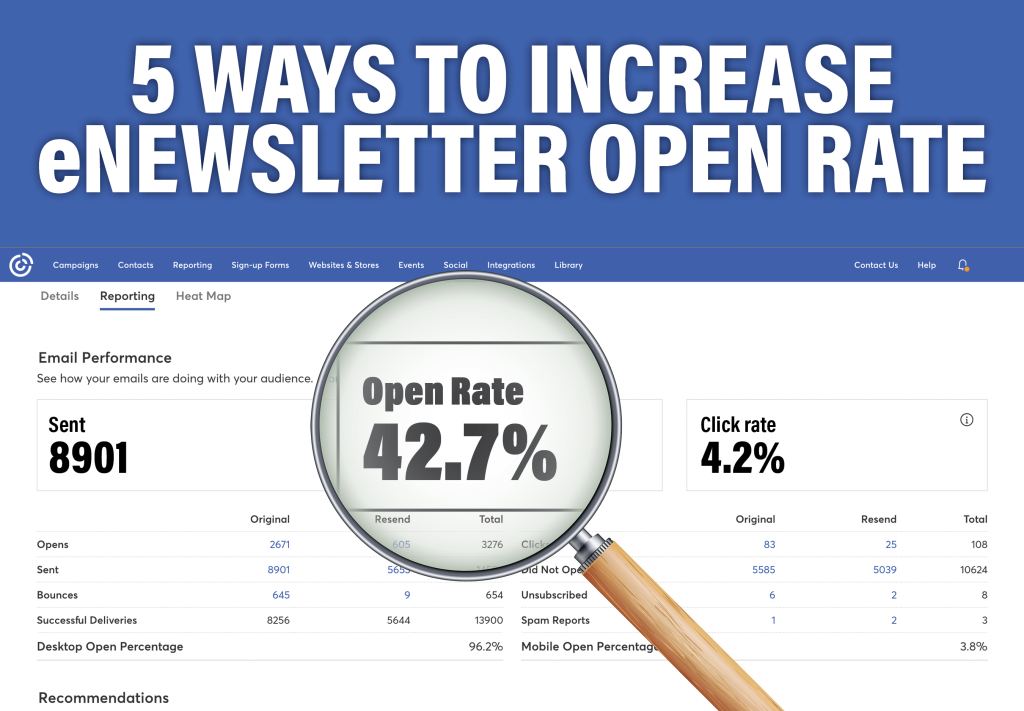You’ve worked hard to make your weekly enewsletter something that will entice, entertain or educate your followers. But what if they don’t open it?
Don’t fear. There is a powerful tool that can help you improve your e-newsletter performance: A/B testing.
A/B testing—also known as split testing— is a popular marketing technique that helps you optimize your email newsletters by comparing two versions of the same subject line or message to see which one performs better. With A/B testing, you can quickly identify what works— and what doesn’t—in order to effectively reach out to customers and increase engagement. By leveraging this powerful strategy, you can ensure that your newsletters will have the maximum impact
WHAT IS A/B TESTING

Running A/B tests on email campaigns is simple. First, you create two versions of the same email newsletter with a slight variation — let’s call them A and B. Version B is an exact duplicate of version A, but with a different subject line, call to action, graphic, or some other change you’d like to test.
Then you send version A to half of your audience and version B to the other half. Once you have enough data, you can compare their performance to determine which one is more successful using metrics like open rates or clickthrough.
Many email marketing software platforms—Constant Contact, HubSpot, MailChimp, Benchmark are some of the better known ones—offer A/B Testing services in their packages.
BENEFITS OF RUNNING A/B TESTS

This Hubspot blog outlines three major benefits of A/B testing.
Increase site traffic.
Testing different blog or web page titles can change the number of people who click on that hyperlinked title to get to your website. This can increase website traffic.
Increase conversion rates.
Testing different locations, colors, or even anchor text on your CTAs can change the number of people who click these CTAs to get to a landing page. This can increase the number of people who fill out forms on your website, submit their contact info to you, and “convert” into a lead.
Lower Bounce Rate.
A/B testing can help determine what’s driving traffic away from your website. Maybe the feel of your website doesn’t vibe with your audience. Or perhaps the colors clash, leaving a bad taste in your target audience’s mouth. If your website visitors leave (or “bounce”) quickly after visiting your website, testing different blog post introductions, fonts, or featured images can retain visitors
DIFFERENT VARIABLES TO USE FOR A/B TESTING:

#1 Subject lines:
A subject line is a vital part of your newsletter’s success. It’s the first thing people see in their mailbox and can determine if they will click to open—or pass right over it. According to a Hubspot study, 65% of marketers claim that subject lines have the greatest impact on open rates. With A/B testing, you can experiment with different combinations of words, lengths, or even emojis in the subject line to see what resonates best with your followers.
At Content Studio, we produce a weekly e-newsletter for New York By Rail. Every week, we A/B Test the subject line to see which version performs better. EXAMPLE TK HERE.
#2 Calls to Action:
Buy Now! Download this free study! A/B testing is a perfect way to see what kind of messages resonate with your followers. You can also try to determine what kind of graphics—do readers like ‘buttons’ or a link in the body of an email better?
#3 Content:
Try altering the length of your copy; your audience may be part of the “shorter is better” On the other hand, you may discover that one longer articles, vs several chunk-sized bits, works best for your followers
#4 Images:
A/B test different images to see which ones capture the most customer attention. Test whether your readers prefer one large image or several photos in a gallery. Find out if they prefer photos with people’s faces in them or photos without people.
#5 Layout:
The “above the fold” area — the top several inches of your content area — is the most important. Test different layouts and formatting to get your most compelling material in front of your readers as soon as they open your email. CHANGED THE LOOK OF THE NYBR NEWSLETTER
#6 Timing:
Test different send timesand days to determine when readers are most likely to open your emails.
#7 Personalization:
According to several studies, including personalization in your email campaigns can increase click-through rates by more than 14%.
ContentStudioNY.com



